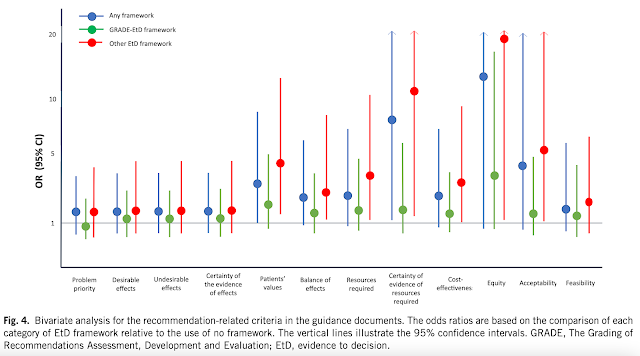Along with the mass mobilization of systematic reviews of evidence ushered in by the COVID-19 pandemic was also the need to synthesize evidence and disseminate results as rapidly as possible. As part of the process of formulating guidelines based upon rapid reviews, the impact of decisions and policies on equity should be considered. In a newly published paper, Dewidar and colleagues provide specific steps for incorporating stakeholders and improving the consideration of equity in the context of rapid guidelines.
The project was part of work conducted by the Equity Task Force of the global COVID-19 Evidence Network to support Decision-making COVID-END) network. The team was diverse in terms of the gender (70% women), regions (17% from low-middle-income countries), and career stages (40% early career) represented. The resulting guidance was created in line with the steps outlined in the Cochrane Handbook's chapter on equity and followed the PRISMA-Equity (PRISMA-E) extension for reporting. The team then identified published systematic reviews related to COVID-19 that focused on populations experiencing inequities as categorized by the PROGRESS-Plus paradigm - for instance, by Place of Residence (health systems in rural areas and their preparedness for outbreaks), Education (the impact of educational attainment on adherence to COVID-19 health guidelines), and Disability (the impact of COVID-19 on those with disabilities) - for examples that review authors can incorporate equity into their own reviews.
The authors conclude that greater involvement of diverse stakeholders can encourage the consideration of more diverse social factors in the development and interpretation of systematic reviews and resulting guidelines and policies. Rapid reviews also benefit from having a translation plan that includes methods for disseminating findings in a way that is consistent with the goal of reducing inequities.
Dewidar, O., Kawala, B.A., Antequera, A., et al. (2022). Methodological guidance for incorporating equity when informing rapid-policy and guideline development. J Clin Epidemiol 150: 142-153. Manuscript available at the publisher's website here.



